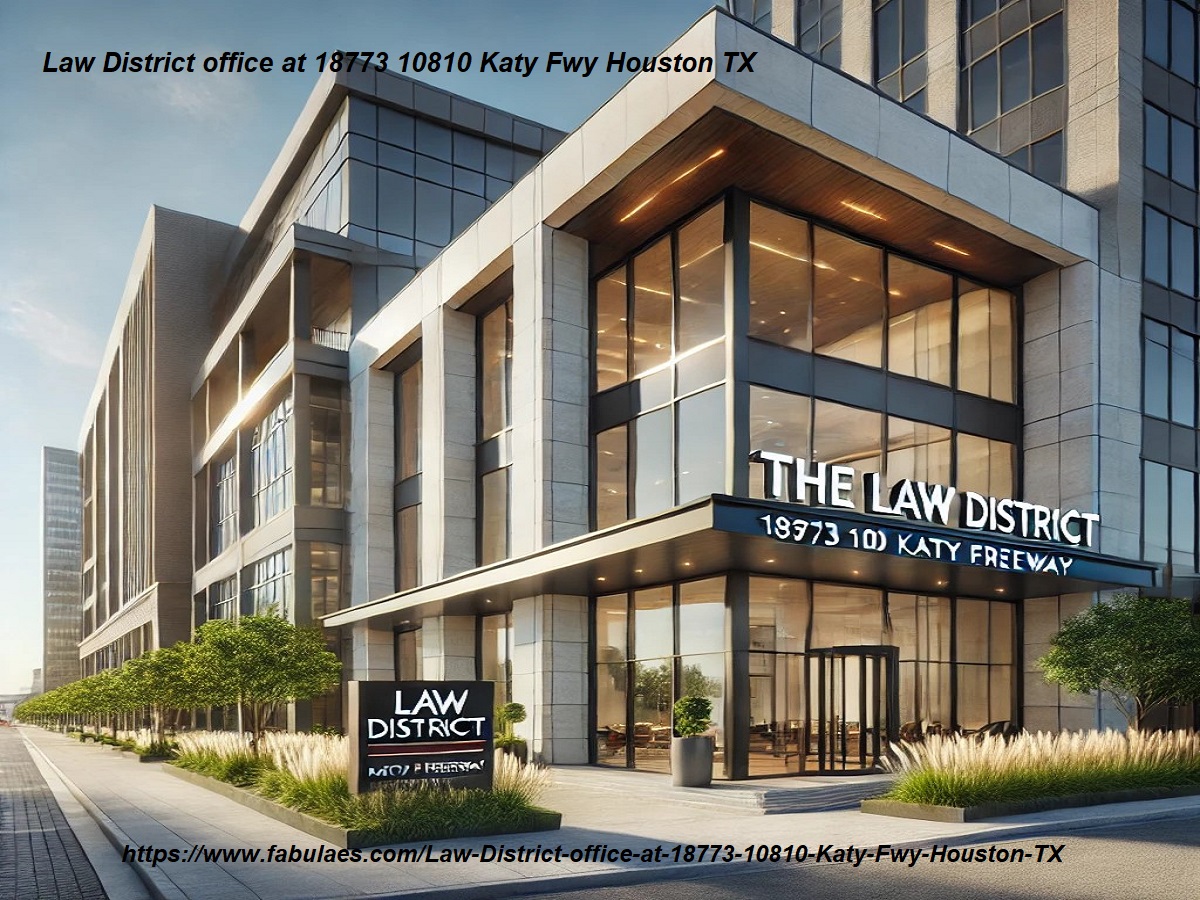Key Takeaways:
- Distractions while driving significantly increase the risk of vehicle accidents.
- Technological tools can aid drivers but are not a substitute for attentive driving.
- Educational programs and legal enforcement play vital roles in promoting road safety.
- Understanding the human factors behind distracted driving is essential for improving behaviors.
The Prevalence of Distracted Driving and Its Consequences
In Chicago’s dynamic urban landscape, drivers face an array of distractions from towering digital billboards to the ubiquitous presence of smartphones. The implications of distracted driving are thus particularly pronounced in such an environment. Skyscrapers and transit systems create a backdrop for countless vehicles where a moment’s inattention can lead to a tragedy. Legal professionals, including a Chicago car accident lawyer, often face untangling incidents rooted in such distractions. As per the NHTSA’s nationwide findings, distracted driving is not a negligible issue but a significant danger responsible for thousands of lost lives annually. Beyond these immediate human costs, there is a considerable burden on public resources, with emergency services and healthcare systems strained by preventable accidents.
Identifying Common Distractions Behind the Wheel
Whether commuting on the Dan Ryan Expressway or navigating the bustling Loop, vehicular distractions remain a constant in Chicago. Modern-day distractions have evolved to include sophisticated in-vehicle infotainment systems, complex navigation tools, and the ever-present lure of text messages and social media notifications. These distractions, which lead to reduced reaction times and impaired decision-making, create circumstances that can quickly escalate from control to chaos amidst congested roads. The Illinois state legislature, recognizing this, has passed laws to curtail such behaviors to make Chicago’s roads safer. This demonstrates a clear commitment to shifting the public’s perception of distracted driving from a minor offense to a serious road safety infraction.
Legal Ramifications of Distracted Driving
Chicago’s commitment to reducing road accidents is evident through the strict enforcement of its distracted driving laws. These laws are structured to dissuade drivers from using handheld devices and engaging in other distractions. Penalties are significant and may extend to the suspension of driving privileges in the case of repeated offenses, a measure indicating the gravity with which such transgressions are regarded. This framework aims to penalize and educate drivers about the risks, encouraging a culture of conscientious driving habits throughout Illinois. However, despite the potential for heavy fines and serious criminal charges in the event of an accident linked to distracted driving, the effectiveness of these punishments also depends on consistent enforcement by local authorities and awareness within the community.
How to Mitigate Risks and Avoid Distracted Driving
Addressing the multifaceted issue of distracted driving demands a proactive approach. Techniques such as setting mobile devices to automatically enter “Do Not Disturb” mode while driving or investing in hands-free systems can greatly reduce the temptation to engage with technology on the go. In Chicago’s fast-paced environment, defensive driving courses are also advocated, equipping drivers with skills to stay focused despite potential distractions. Advocacy groups and the local government often initiate campaigns and workshops, reflecting the guidance from the National Highway Traffic Safety Administration, focusing on educating individuals about the repercussions of distracted driving and preventative strategies. These efforts combine a mix of practical tips, legislation, and personal anecdotes to create a relatable and authoritative narrative around the subject.











